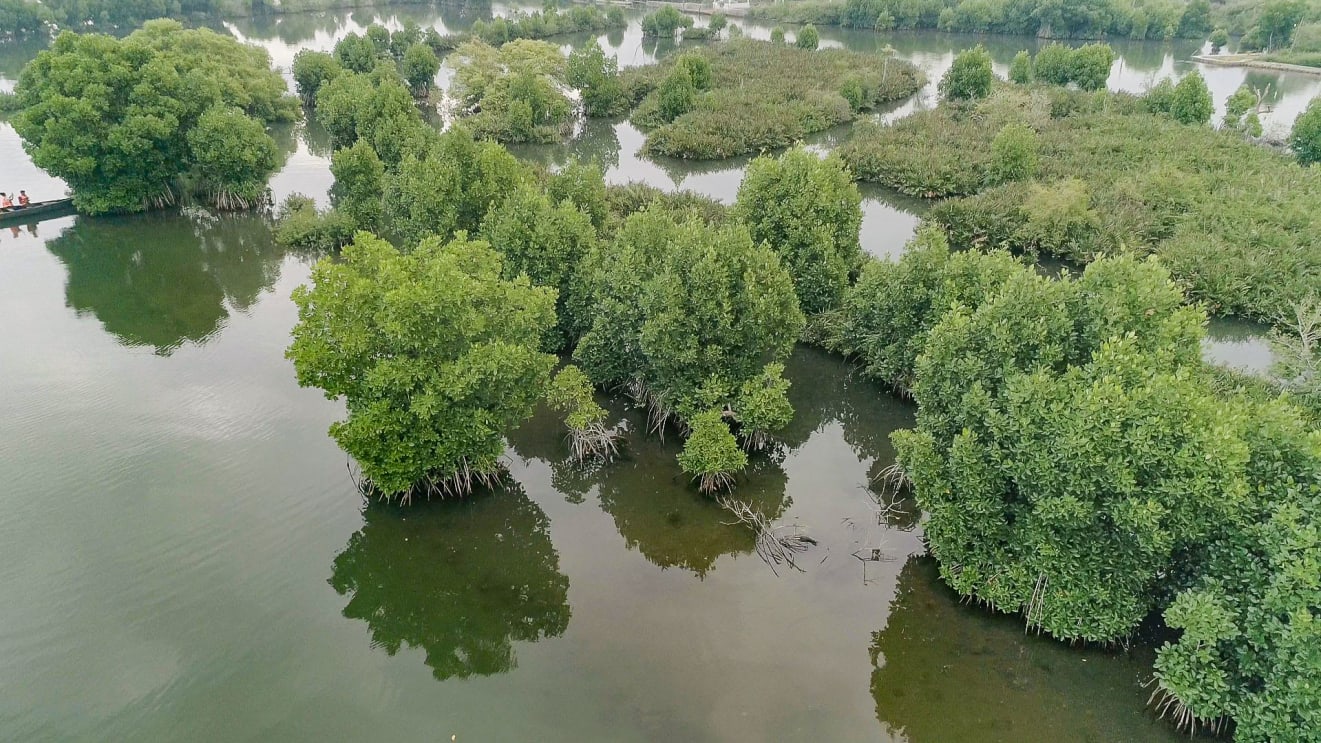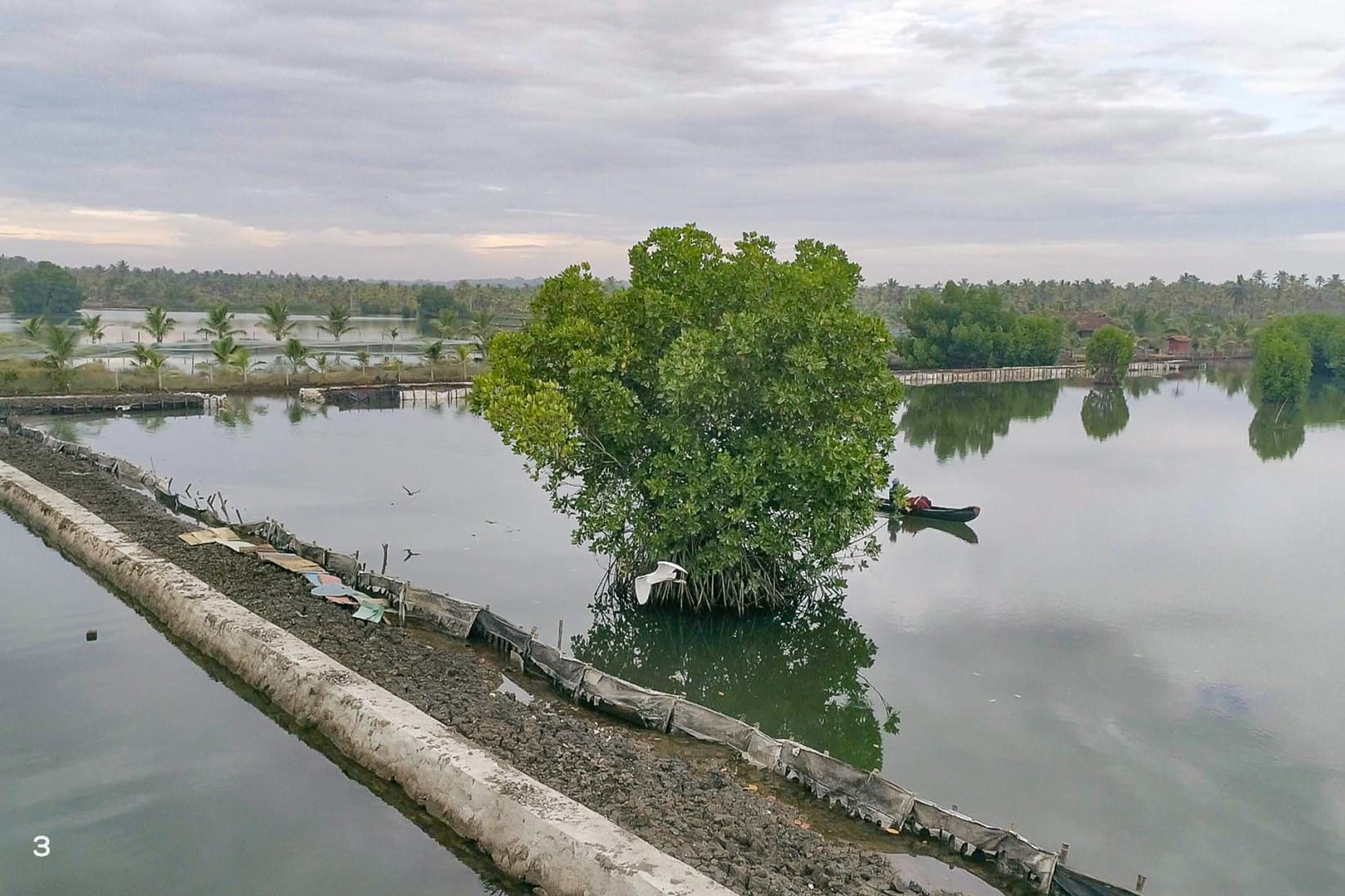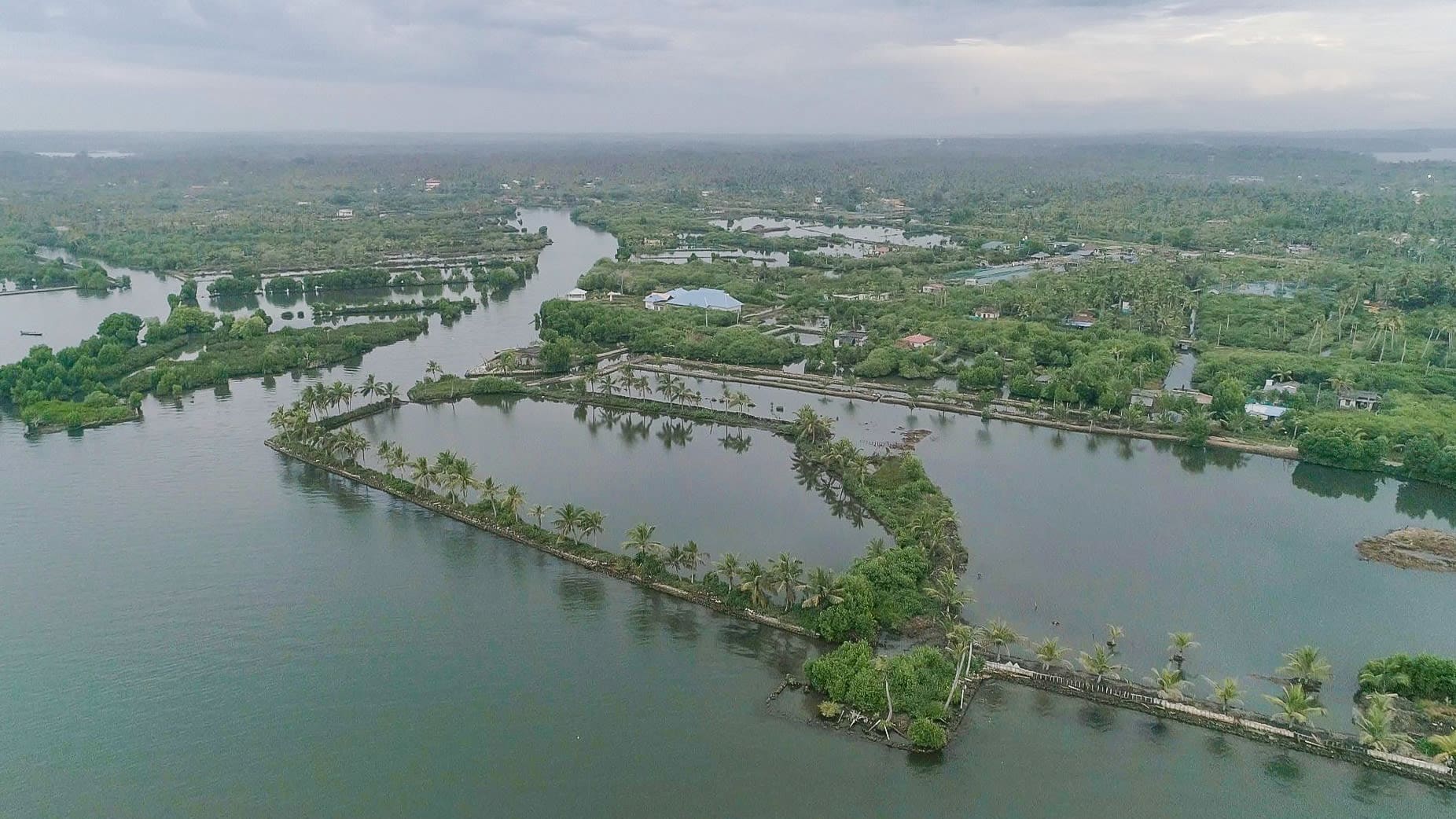 Listen to this article
•
15:34 min
Listen to this article
•
15:34 min
After the lockdowns of the COVID-19 pandemic were lifted, there was a significant shift in the idea of travel across the country. Undiscovered and under-explored places witnessed a soaring wave of tourists. Before 2020, Munroe Thuruthu (Island) was a “hidden tourist gem”. Located in southern Kerala’s Kollam district, 80 km from the capital, Thiruvananthapuram, it lies at the confluence of Ashtamudi Lake and the Kallada River. The region has seen a tremendous rise in tourism since 2022, with over 90 per cent of the island’s inhabitants now depending directly or indirectly on tourism for their livelihood. Munroe Thuruthu comprises eight islets, spans 13.4 sq km, and has a vast, thick mangrove ecosystem. It has a population of around 9,500, with three schools and a high literacy rate. Munroe Island is well-connected with the mainland by road and ferry. From early in the morning until twilight, traditional boats carrying tourists crisscross the lagoon.

Cover Photo: Munroe Island, in Kollam, Kerala, is a group of eight islets spread over 13.4 sq km. Photo: Bharath Thampi
Munroe Island: Not just another tourist spot
Munroe Island is not just another popular tourist spot. There’s more to this island’s identity, culture, history, and habitat. The island has a mixed religious population, indicated by the presence of numerous churches, temples, and mosques. Historians say the island was once used to store the paddy, pepper, and coconut produce from the surrounding Travancore region.
Dozens of boats (and shikaras) are moored along the islands’ banks. Even with booming tourism, the islanders have consciously stayed away from using motorboats. The island also distinguishes itself in having abstained from the hyper-commercialisation of its tourism. Over 95 per cent of tourist accommodation is homestays, and under a dozen are resorts or hotels that may be corporate-owned.
Shifting livelihoods
Munroe Island once had an abundance of paddy fields and coconut farms, and rice cultivation and coir weaving were the primary livelihoods. However, the Kallada irrigation project and the dam constructed on the Kallada River in the late 1980s caused many regions of the island to flood with saltwater, rendering the paddy fields uncultivable and rotting the coconut trees. Even now, the island’s gradually rising water level has earned it the unwanted nickname of “Sinking Island of Kerala.”
Following the erasure of the paddy fields due to tidal flooding and salinity, many turned their land into shrimp farms and later to farming fish like karimeen (pearl spot or green chromide) and tilapia. While shrimp and fish cultivation in Munroe Thuruthu has been on for over three decades, it became extensive and lucrative in the last 20 years when the government introduced initiatives and subsidies to improve local livelihoods.
Anil Kumar owns 600 square metres of land where he has been cultivating karimeen since 2019 under a fisheries department license. Despite government subsidies, shrimp/fish farming requires considerable capital investment in the lucrative, if risky, business. “If everything goes well, the returns are good, and the business is extremely profitable. On the other hand, a heavy rain following the fish harvest, a fungal infection or a viral disease can sometimes wipe out an entire pool of fish,” says Anil.
Mangroves of Munroe – the backbone of the island
Munroe Thuruthu’s rich mangrove vegetation plays a key role in keeping its air and water pure. The islanders are fiercely protective of their habitat. During my two-hour boat trip with Sujilal, the only trash I spotted was the occasional floating plastic water bottle. Even that is quickly removed by the boatmen or residents.
The boat route is across a wide expanse of water in some regions and narrow channels in others. You hardly go a few metres without encountering mangroves. There are also spots with thick, widespread mangrove forests that boats cannot enter.
The island is a haven for avian biodiversity. Apart from the commonly seen herons, egrets, and kingfishers, other species like the lesser whistling duck, Asian openbill, Indian robin, and spotted dove are also seen here (the latter mainly between October and May).
Munroe Island wasn’t exempt from unregulated fish farming, but the islanders were quick to notice the dangers posed by the depleted mangrove ecosystem. Besides the risk of rising tides, shrimp farmers realised that mangroves were essential to regulate currents, keep their farms from flooding, and mitigate disease outbreaks in the fish. The island adopted the Silvofisheries Model, an integrated mangrove-aquaculture farming system with acknowledged success in Indonesia and Thailand. Currently, the island is one of few regions in Kerala that practise fish farming alongside actively conserving its mangroves.
Livelihoods through tourism
Many families on the island have converted a part of their home to accommodate guests. For instance, Deepa and her partner Subin have been running Mundro Garden Homestay for three years, with a license from KTDC (Kerala Tourism Development Corporation).
My boatman, Sujilal, has been steering tourist boats for 18 years. He recalls that when he started, there were very few tourists, mostly foreigners, taking a detour from popular destinations like Varkala or Allapuzha during the tourist season. Currently, there are hundreds like him who own tourist boats.
One of the few resorts on the island is Bell Farms & Resorts, spread over five acres of land surrounded by large stretches of mangroves of at least 16 species, planted and grown by the resort. Of its 25 employees, 22 hail from Munroe. Part of the land the resort lies in was first acquired to develop a karimeen farm. Owned by seafood exporter Bell Foods Group based in Kochi, this is not a typical resort and has implemented numerous sustainable practices.

Impending threat: Munroe’s sinking identity
Ramachandran, a septuagenarian, has lived through the multiple transformations of Munroe Thuruthu. “I grew up in a time when coconut cultivation and coir manufacturing were the primary livelihoods of the region. The economic conditions of the islanders were less than ideal then,” he muses. During his youth, most of the male population migrated for better jobs. Ramachandran himself worked several jobs across Kerala, with a stint in the Middle East. Tourism has substantially improved the living standards of the island population in the last decade, he acknowledges.
Despite the thriving tourism and better living conditions, the islanders tell me that they remain apprehensive of its status as a sinking island. On the boat trip around Munroe, I saw numerous abandoned houses with the water level around them too high. The island was severely damaged by the 2004 tsunami, which, along with the dam and other projects, have accelerated the environmental degradation. Munroe Island’s problems are emblematic of a larger problem — the ecological perils Kerala faces due to climate change, habitat reduction, and human actions, including unregulated tourism practices. For a region that relies heavily on tourism, Munroe Island can take pride in the sustainable and eco-friendly formula it embraces.













